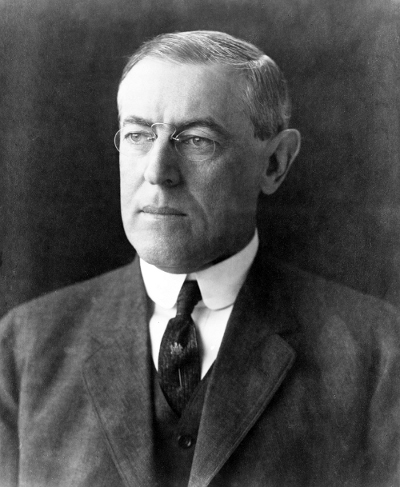Pictures
Armenian Genocide
1. A common sight of deported Armenians in Ottoman Turkey during World War One (WWI). Source: United States Library of Congress digital collection.
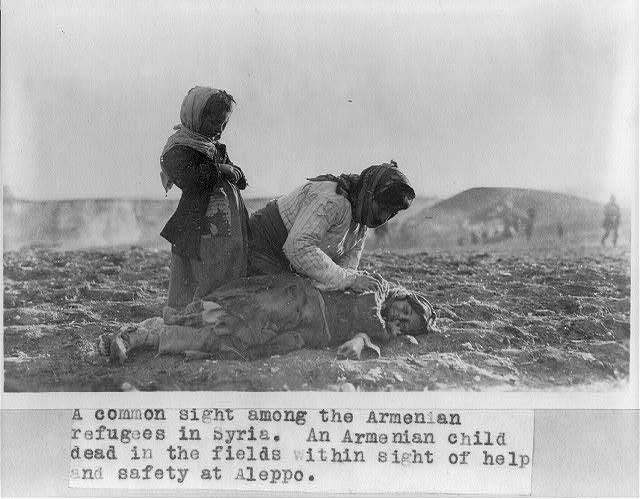
2. Deported Armenian mother and children. Source: United States Library of Congress digital collection.
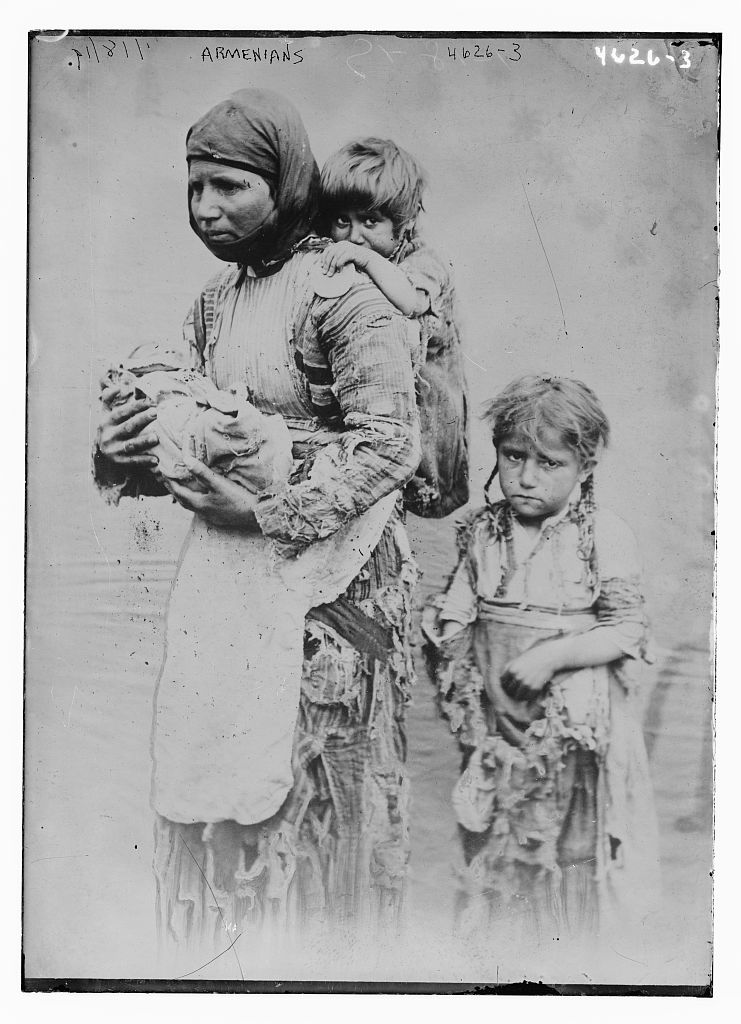
3. Victims of massacre, starvation and disease: Source: Henry Morgenthau, Ambassador Morgenthau's Story, 1918, Double Day, New York. Morgenthau was the United States Ambassador to Ottoman Turkey during WWI.
 4. The Armenian elite of the city of Harput, Turkey, being led away under armed guard in May 1915. Source: Maria Jacobsen Diary, 1907-1919. Jacobsen was a Danish Missionary stationed at Harput during the Armenian Genocide. Her diary provides a critical first hand account of the Armenian Genocide.
4. The Armenian elite of the city of Harput, Turkey, being led away under armed guard in May 1915. Source: Maria Jacobsen Diary, 1907-1919. Jacobsen was a Danish Missionary stationed at Harput during the Armenian Genocide. Her diary provides a critical first hand account of the Armenian Genocide.
 5. Armenian mother carrying her infant during the deportations. Source: Armin T. Wegner collection. Wegner was part of the German-Ottoman Sanitation Mission as of Autumn 1915 and was an eyewitness to the deportation of Armenians, which he documented in photograph.
5. Armenian mother carrying her infant during the deportations. Source: Armin T. Wegner collection. Wegner was part of the German-Ottoman Sanitation Mission as of Autumn 1915 and was an eyewitness to the deportation of Armenians, which he documented in photograph.

Greek Genocide
1. Some of the estimated 12,000 Greek survivors deported from Turkey into Syria in 1919. Source: United States Library of Congress digital collection.
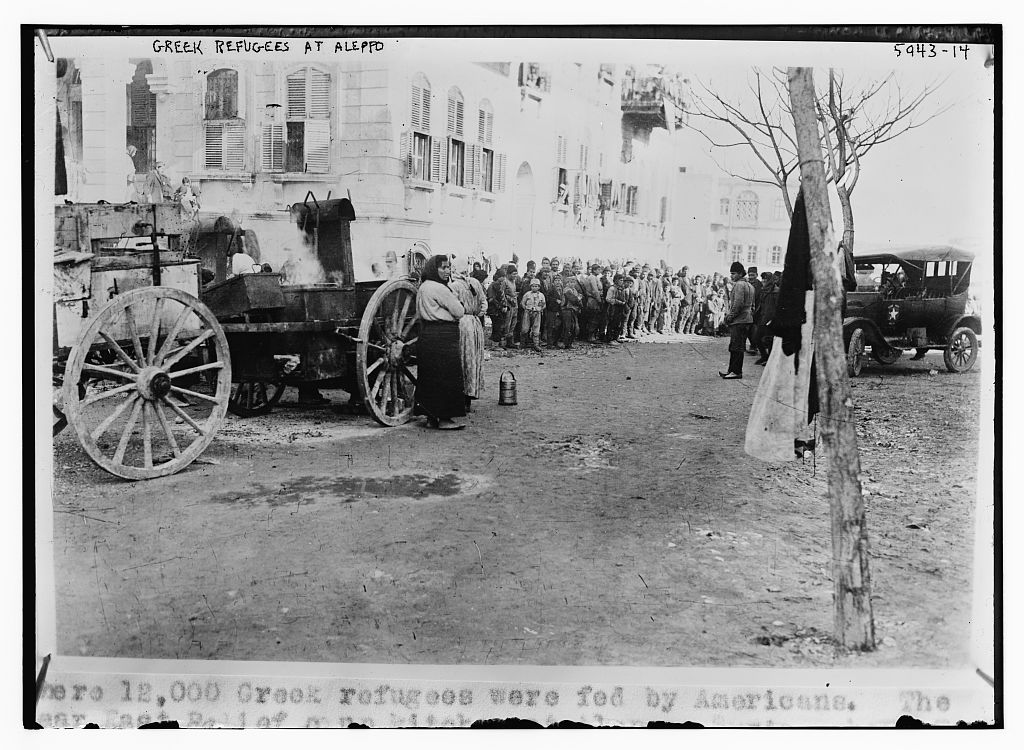
Assyrian Genocide
1. Victims of the Assyrian Genocide lay scattered
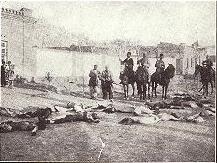
Anzac Eyewitnesses
1. Australian Flying Corps Captain, Thomas Walter White, wrote extensively about the massacres and deportations against the Armenians during his time in captivity in Ottoman Turkey in his book Guests of the Unspeakable, published in 1927.
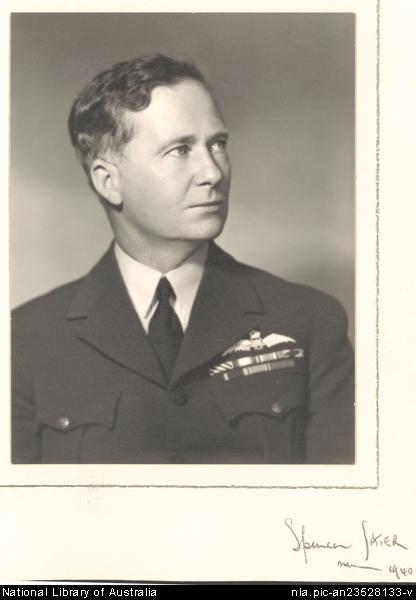
2. Australian Military Officer George Stanley Savige of the Dunsterforce who in 1918 rescued Assyrian and Armenian survivors of the Genocide
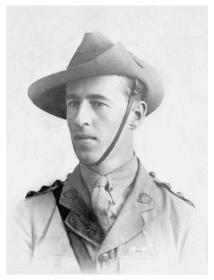
Australia’s Response to the Armenian Genocide
1. Badge produced by the Commonwealth Button Fund of Australia for Armenian relief in 1917.
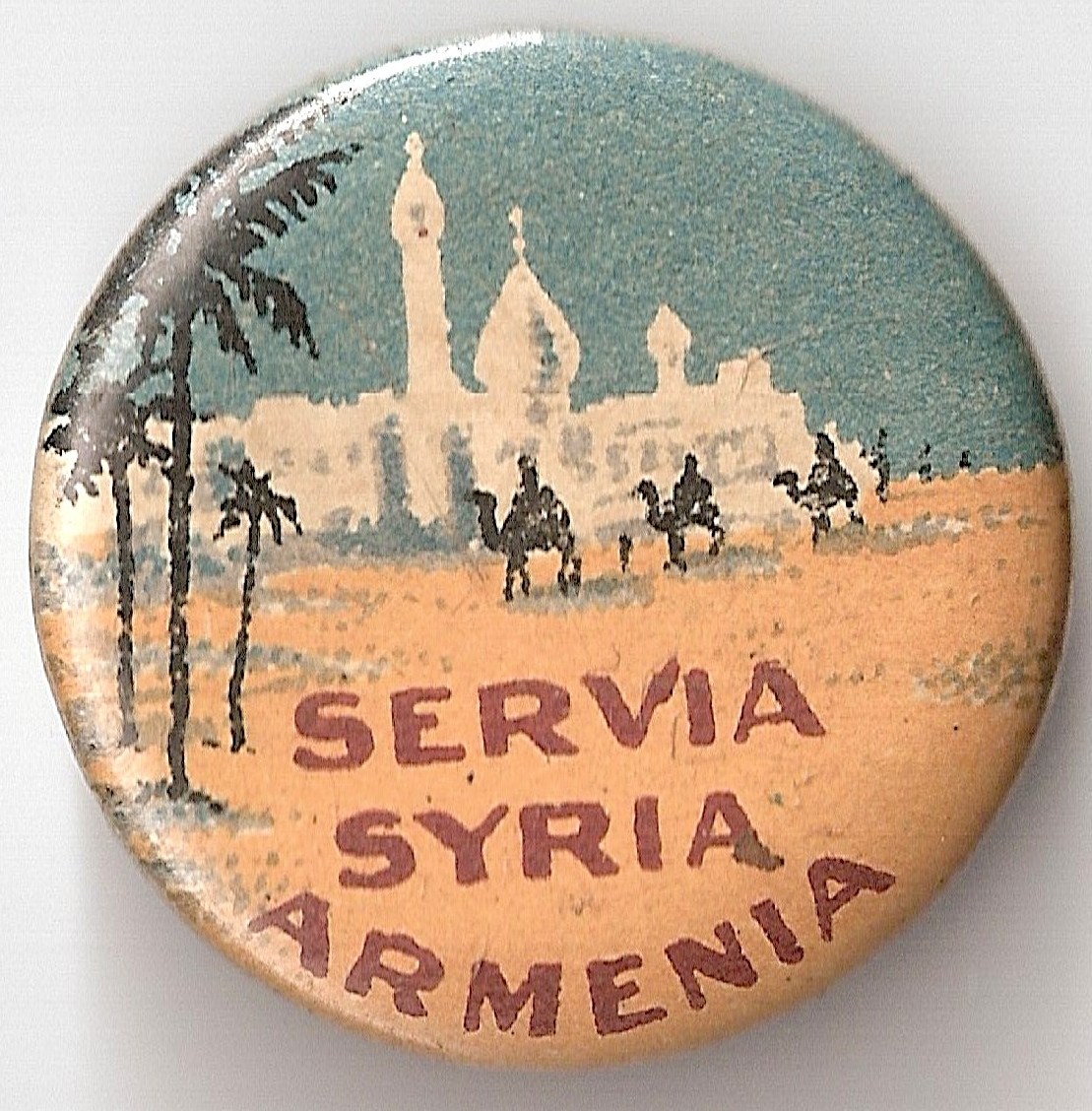
2. The first major shipment of relief supplies collected in Australia for the survivors of the Armenian Genocide. Anglican Archbishop of Melbourne, Harrington C. Lees, together with other clergy are seen blessing the flour at Port Melbourne, 5 September 1922.
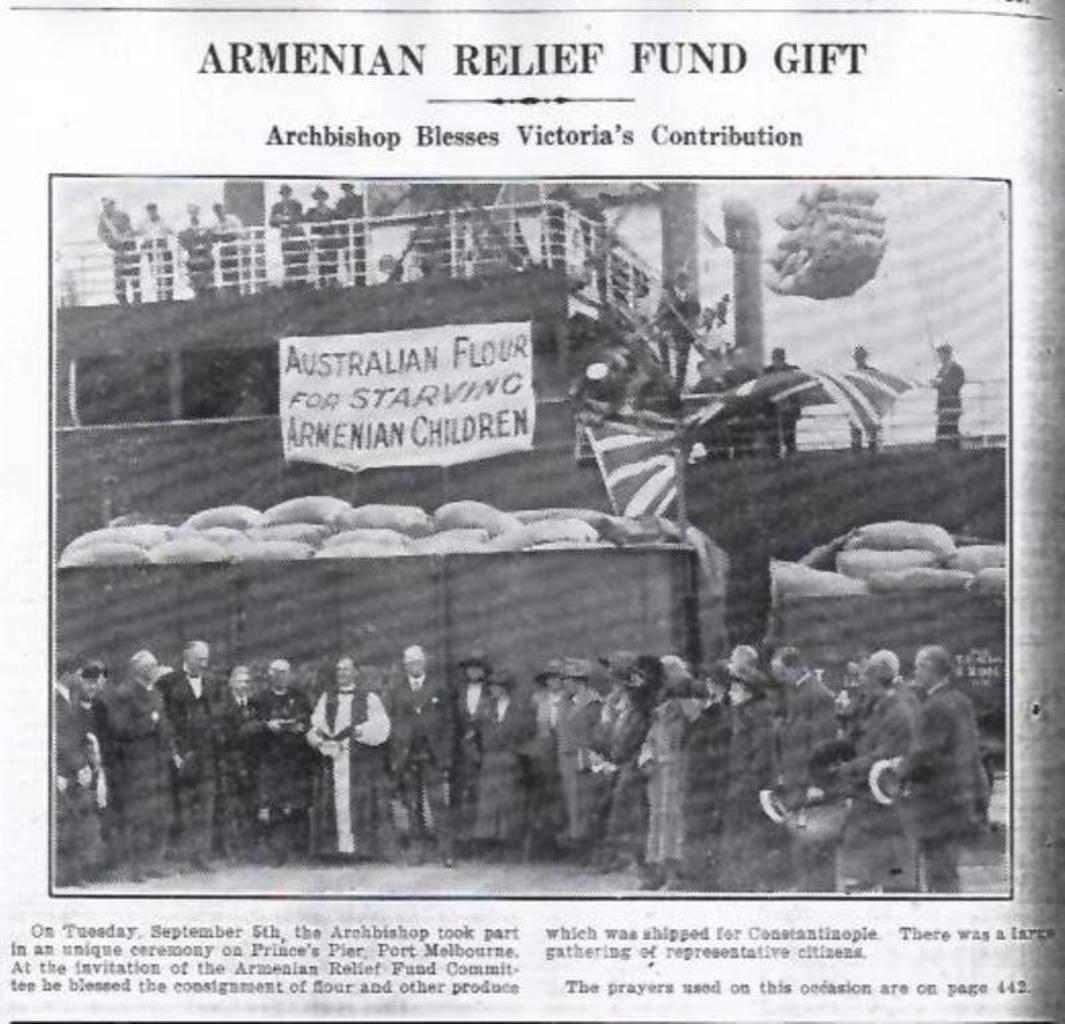
3. Australian Reverend James E. Cresswell, Hilda J. King and Miss Gordon with orphaned Armenian Genocide survivors at the Australasian Orphanage, Antelias, Lebanon, 1923. Source: 'The Armenian Monthly', Armenian Relief Fund of South Australia, May, 1923.
 4. Australian Reverend James Edwin Cresswell, as National Secretary of the Australasian Armenian Relief Fund, was commissioned in 1923 to visit the Near East and conduct an investigation into the condition of the Armenian refugees and orphans.
4. Australian Reverend James Edwin Cresswell, as National Secretary of the Australasian Armenian Relief Fund, was commissioned in 1923 to visit the Near East and conduct an investigation into the condition of the Armenian refugees and orphans.
 5. Hilda J. King, secretary of the Australian Student's Christian Movement of Melbourne, conducting relief work among the Armenian orphans at the Australasian Orphanage, 1923. Source: United States Library of Congress digital collection.
5. Hilda J. King, secretary of the Australian Student's Christian Movement of Melbourne, conducting relief work among the Armenian orphans at the Australasian Orphanage, 1923. Source: United States Library of Congress digital collection.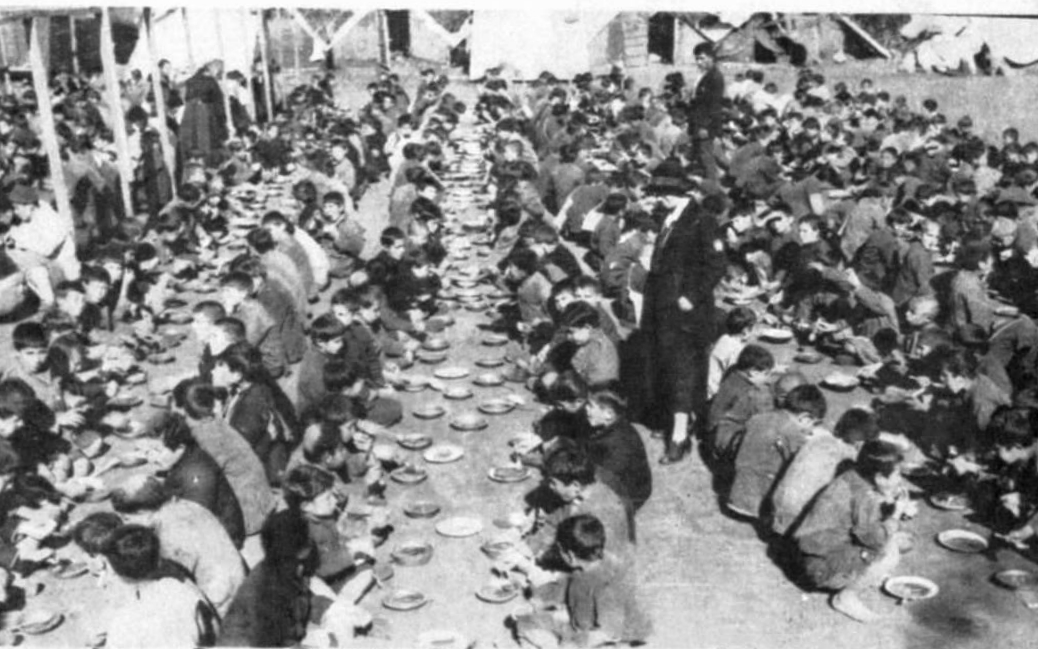
6. Mrs Edith May Glanville of Haberfield NSW, among Armenian orphans at an American Near East Relief orphanage Ghazir, Lebanon, in 1927. Glanville was the honorary secretary of the Armenian Relief Fund of NSW and was involved in relief work in the Near East. Courtesy of Missak Kelechian.
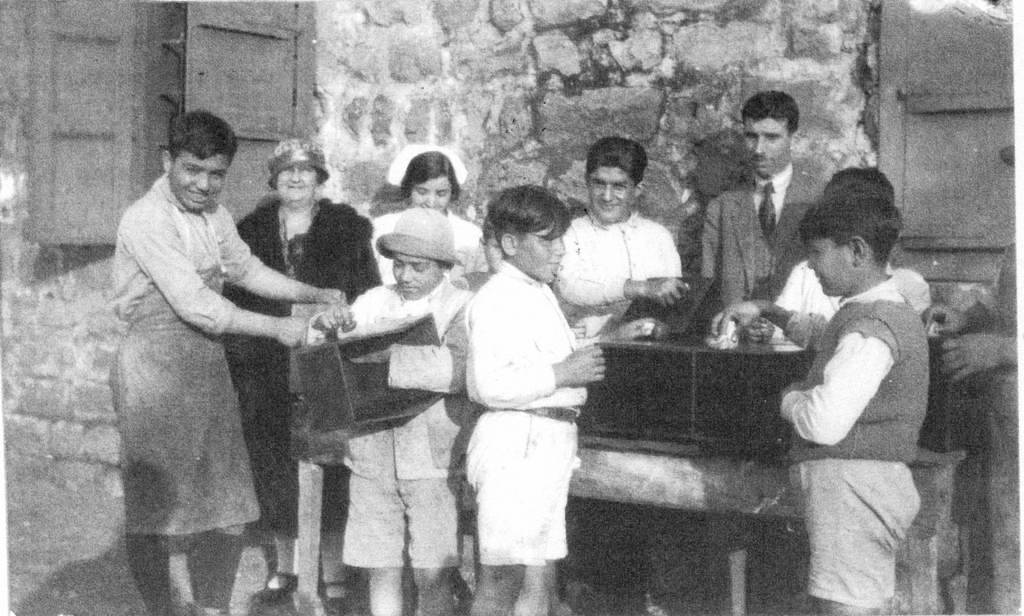
Armenian Genocide Denial
1. Nobel Prize Laureate for Literature Author Orhan Pamuk who was prosecuted under Article 301 of the Turkish Penal Code for discussing the massacre of Armenians in an interview with a Swiss Newspaper.
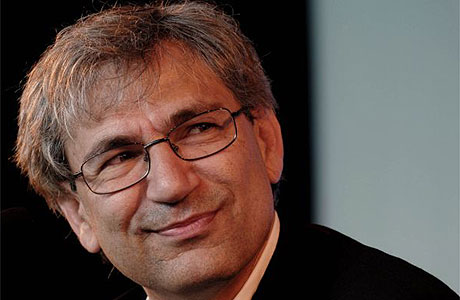
2. Armenian Genocide Scholar Taner Akcam of Turkey has openly called for universal recognition of the Armenian Genocide.
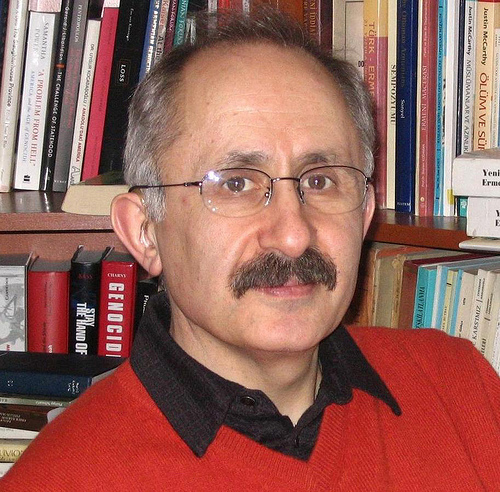
3. Journalist Hrant Dink was killed by a genocide deniers for writing and speaking openly about the historical truth of the Armenian Genocide.
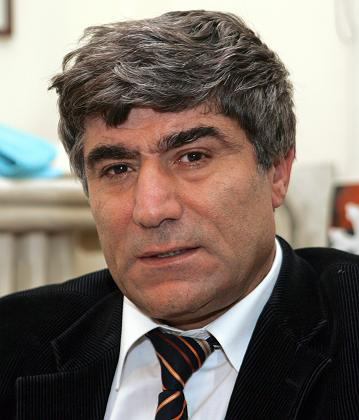
Recognition and Just Resolution
1. The Armenian Genocide monument erected in the NSW Parliament peace garden in 1999.
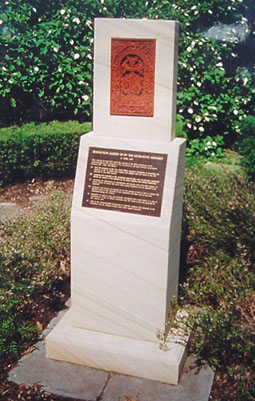
2. The Armenian Genocide monument erected in Yerevan Armenia in 1965.
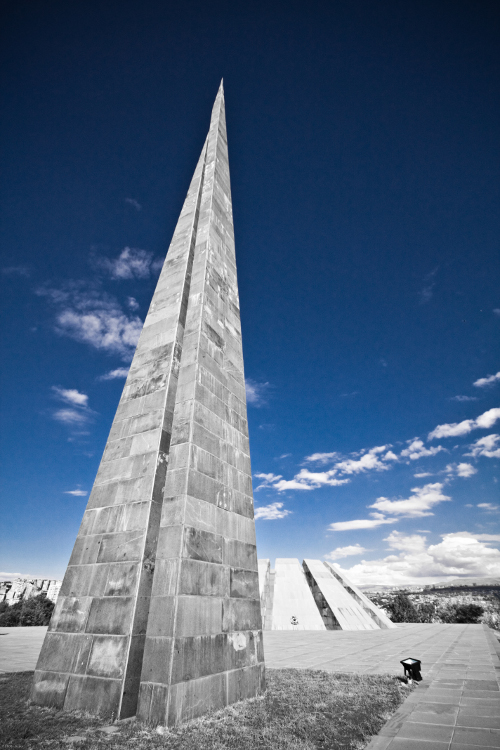
3. The New South Wales Parliament Motion of the Armenian Genocide.
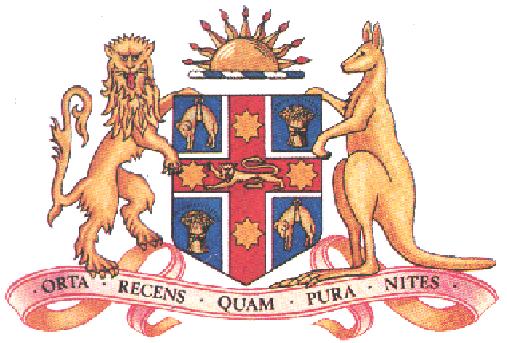
That, whereas 24 April 1997 marks the occasion of the eighty-second anniversary of the commemoration of the genocide of the Armenians by the then Ottoman Government between 1915-1922, this House:
(a) joins the members of the New South Wales Armenian community in honouring the memory of the 1.5 million men, women and children who fell victim to the first genocide to the twentieth century;
(b) condemns the genocide of the Armenians and all other acts of genocide committed during our century as the ultimate act of racial, religious and cultural intolerance;
(c) recognises the importance of remembering and learning from such dark chapters in human history to ensure that such crimes against humanity are not allowed to be repeated;
(d) condemns and prevents all attempts to use the passage of time to deny or distort the historical truth of the genocide of the Armenians and other acts of genocide committed during this century;
(e) designates 24 April in every year hereafter throughout New South Wales as a day of remembrance of the 1.5 million Armenians who fell victim to the first genocide of this century; and
(f) calls on the Commonwealth Government to officially condemn the genocide of the
Armenians and any attempt to deny such crimes against humanity.
(The text of the 1997 NSW Parliament motion of the Armenian Genocide)
4. International recognition of the Armenian Genocide.
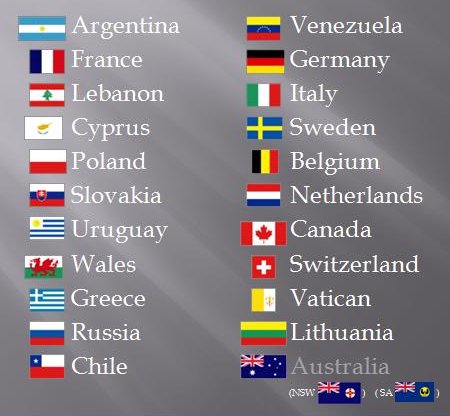
A list of those nations which have formally recognised the Armenian Genocide as a crime against humanity
*’Australia’ listed in grey denotes that the Armenian Genocide is recognised by the state parliamentsof South Australia and New South Wales
5. 28th President of the USA, Woodrow Wilson who in 1919 was tasked with awarding Armenia part of its ancestral territories in order to secure the viability and sustainability of the state.